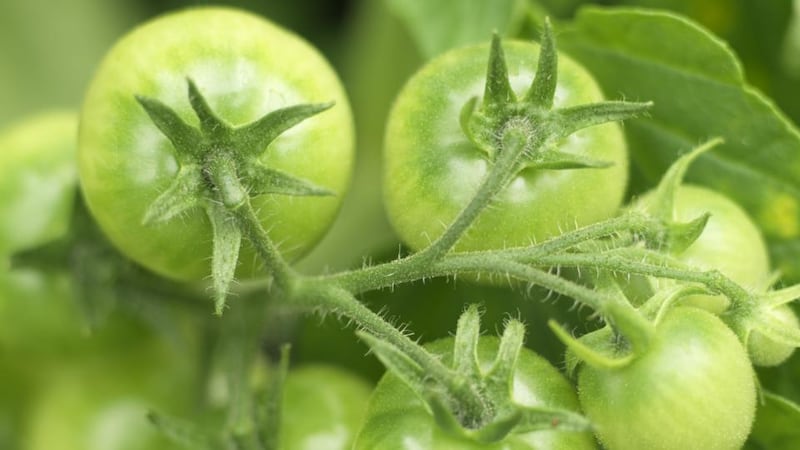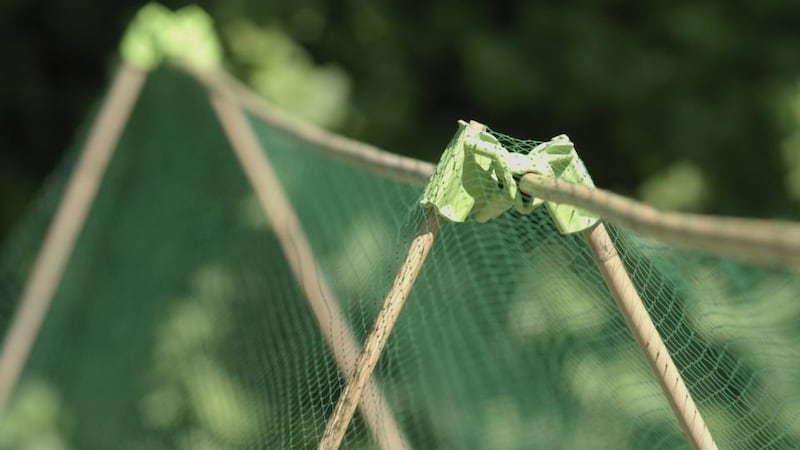If you grow any of the dark-leaved forms of the ornamental elderflower Sambucus nigra, don’t forget to pick a few of the shrub’s colourful flower umbels to make a very pretty, pink elderflower cordial. See rivercottage.net for a recipe


Remember to net fruit bushes against birds, which will otherwise quickly devour ripening crops of raspberries, gooseberries and currants before you’ve had a chance to harvest them . One of the best ways to do this is to make a framework out of bamboos, using connectors such as the Figo system (available from quickcrop.ie).
Keep a careful eye on tomato plants, making sure to regularly water and to give plants a weekly potash-rich liquid feed. Continue to nip out side shoots also (use a sharp knife to cut them out if they’re very large), to prevent an unruly tangle of growth.
Plant out baby leeks for a tasty crop next spring. One of the best varieties is Bleu de Solaise, a hardy, vigorous heritage variety with handsome purple-tinged leaves that stands up well to cold winter temperatures.
Now’s an excellent time to take semi-ripe cuttings of many different plants, including box hedging, lavender, rosemary, sage, ceanothus, escallonia and holly. If you have one, a heated propagator will help speed up the rooting process.
Now is the time to divide congested clumps of the bearded iris, Iris germanica. Using a sharp knife, cut away each fan of leaves from the clump, making sure as you do so that each division has its own set of leaves and its own section of rhizome (the root system). Discard any divisions that look weak/too small. Trim back the leaves to about 15cm, then replant so that the rhizome sits roughly at soil surface, spacing individual plant 30cm apart.
The heady smell of mock orange, or Philadelphus sp. is one of the joys of the garden in early summer. To ensure a good display of this deciduous shrub’s sweetly scented white flowers for next year, prune immediately after the flowers have faded, cutting one in four of the older stems back to ground level.











